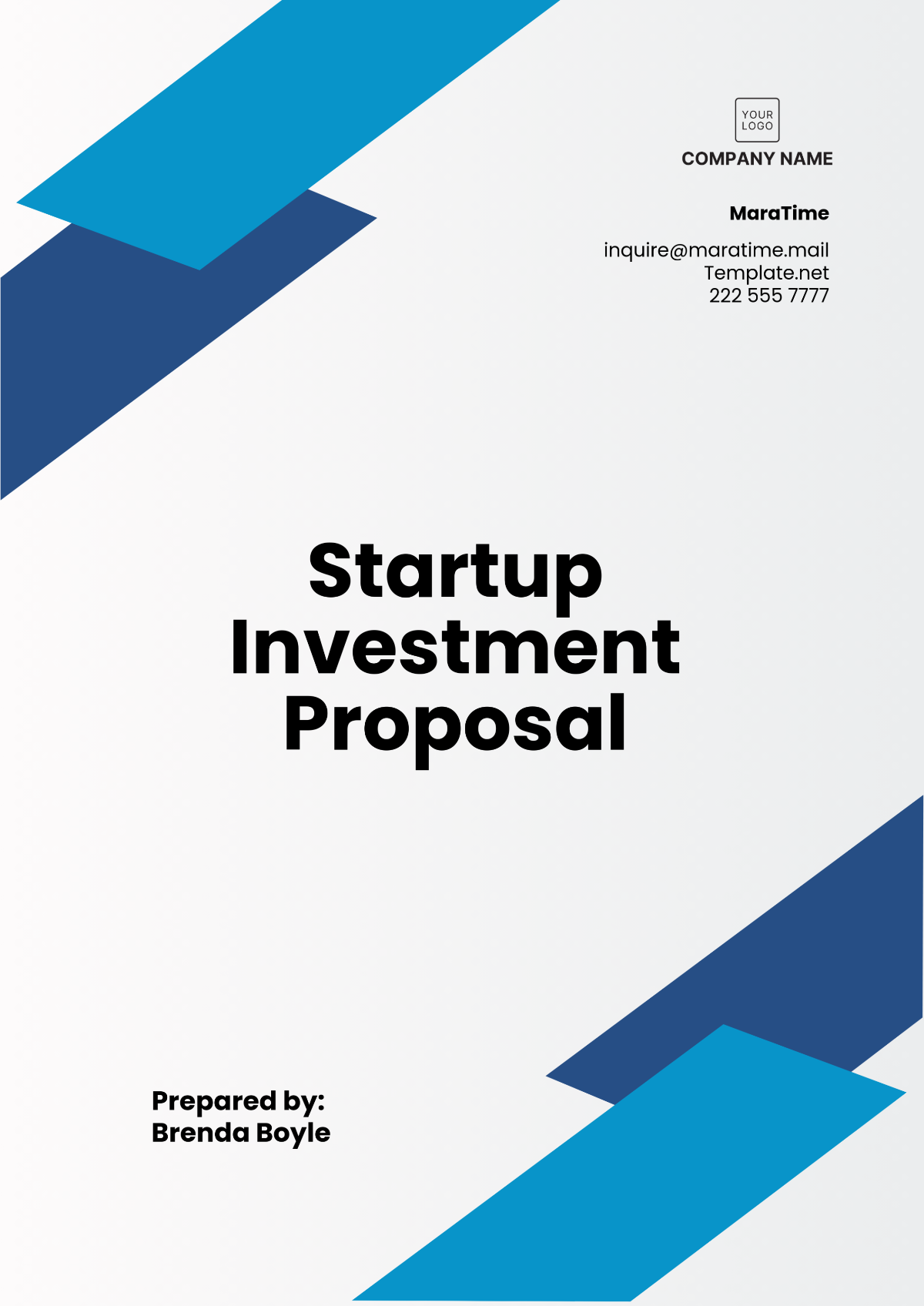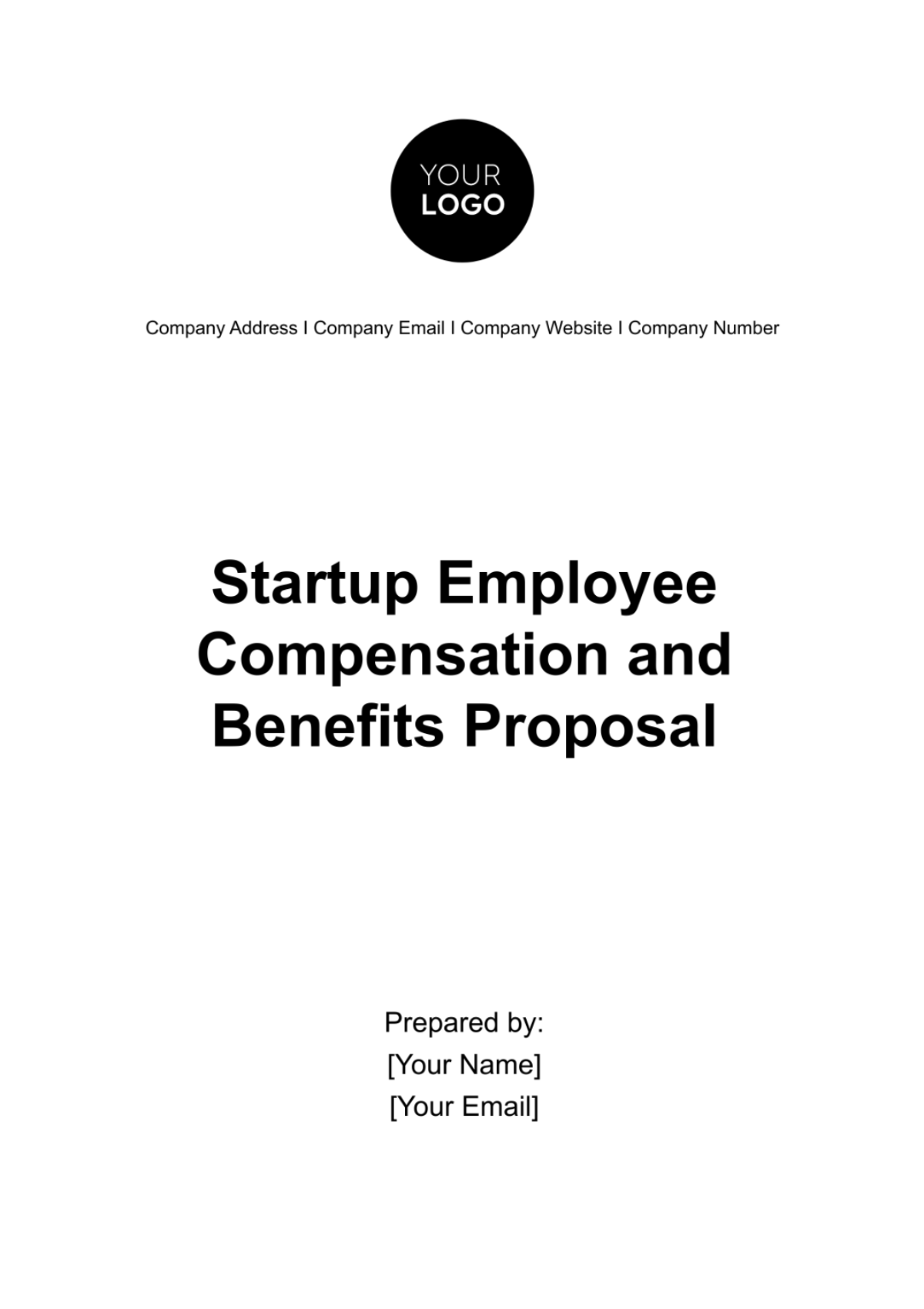Startup Business Format Proposal
1. Executive Summary
1.1 Business Overview
Briefly describe the startup.
Mission statement.
Vision statement.
Overview of products/services offered.
1.2 The Problem
What problem(s) does the startup solve?
Why is this a pressing problem?
1.3 The Solution
What is your solution to the problem?
Why is your solution better or different from existing alternatives?
1.4 Market Opportunity
Market size and potential.
Target audience and demographics.
2. Business Model
2.1 Revenue Model
How will your startup generate revenue?
Pricing structure.
Subscription, one-time fee, or other payment models.
2.2 Cost Structure
Major costs (e.g., development, operations, marketing).
Fixed vs. variable costs.
2.3 Value Proposition
Why will customers choose your product over competitors?
Key benefits or differentiators.
3. Market Analysis
3.1 Industry Overview
Overview of the industry.
Growth potential and market trends.
3.2 Target Market
Detailed description of your ideal customer.
Demographic and psychographic profiles.
Geographic segmentation, if applicable.
3.3 Competitive Analysis
List key competitors.
SWOT (Strengths, Weaknesses, Opportunities, Threats) analysis.
How will you position against competitors?
4. Product or Service Offering
4.1 Product/Service Description
Detailed explanation of the product or service.
Unique features and benefits.
4.2 Development Roadmap
Timeline for development milestones.
Plans for new features or services in the future.
4.3 Intellectual Property
Patents, trademarks, or proprietary technology (if applicable).
5. Marketing & Sales Strategy
5.1 Go-to-Market Strategy
How do you plan to launch the product/service?
Marketing channels (social media, email, direct sales, etc.).
5.2 Customer Acquisition
Strategies to attract your first customers.
Customer acquisition cost (CAC) and lifetime value (LTV) metrics.
5.3 Sales Strategy
Sales process overview.
Direct sales, partnerships, online sales, etc.
6. Operations Plan
6.1 Key Activities
Day-to-day operations required to run the business.
Key milestones or deliverables.
6.2 Suppliers & Partners
Key suppliers or vendors you’ll be working with.
Strategic partnerships, if any.
6.3 Technology Stack
Platforms, tools, and technologies used to build and scale the product.
7. Financial Plan
7.1 Financial Projections
3-5 year financial forecast.
Projected income, expenses, and profit.
7.2 Funding Requirements
How much capital is needed to launch/scale the business?
How will funds be allocated (e.g., product development, marketing, operations)?
7.3 Use of Funds
Breakdown of how the funds will be used (percentage or exact amounts).
7.4 Exit Strategy
Long-term goals for the business (e.g., acquisition, IPO).
8. Management Team
8.1 Team Members
List of key team members, their roles, and backgrounds.
Advisory board or mentors, if any.
8.2 Organizational Structure
Brief description of the organizational structure and reporting lines.
9. Risk Analysis
9.1 Key Risks
Potential risks facing the business (e.g., market, operational, financial).
9.2 Mitigation Strategies
Plans to minimize or manage each risk.
10. Appendices
Any supporting documents (e.g., detailed financial projections, market research, product demo, etc.).



























